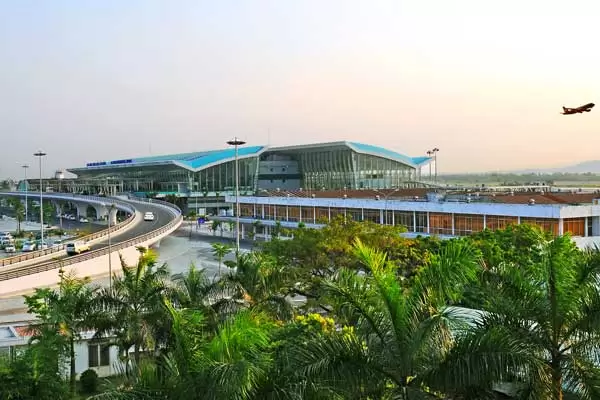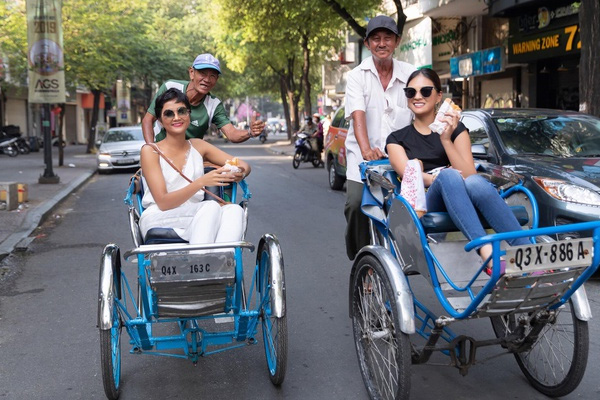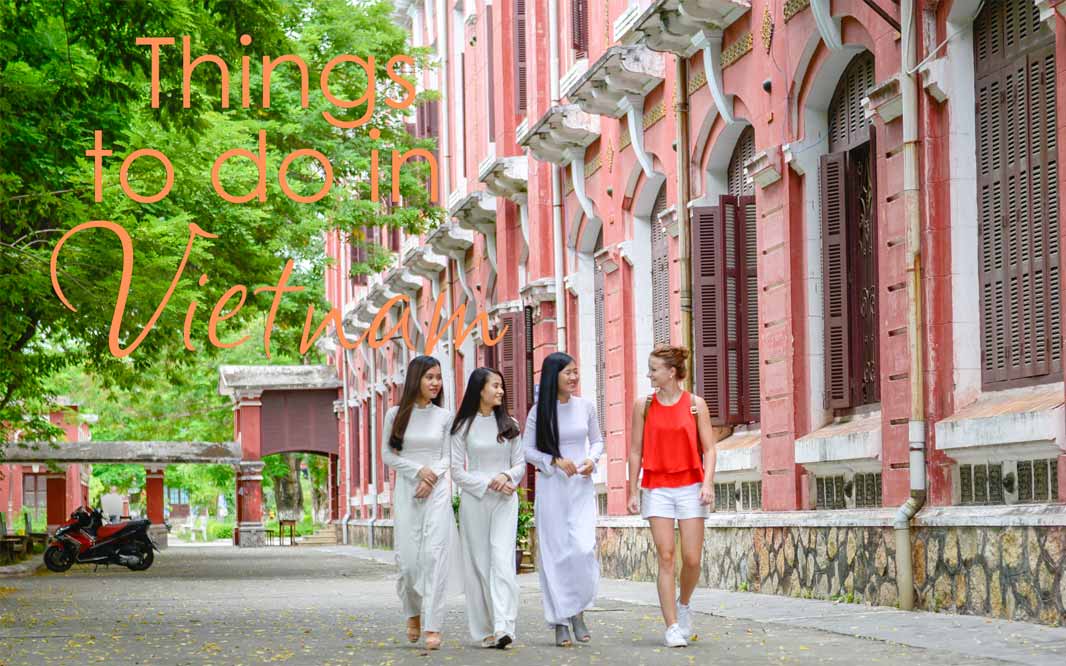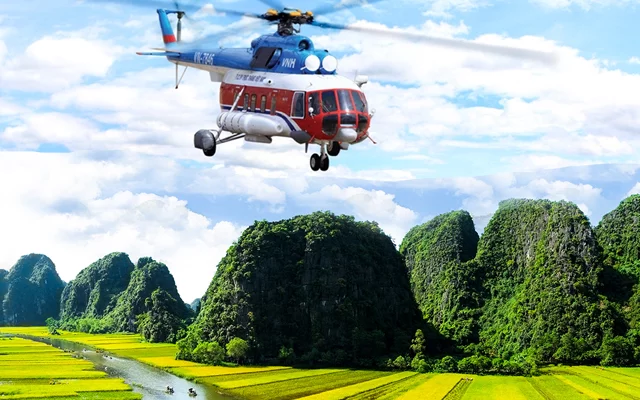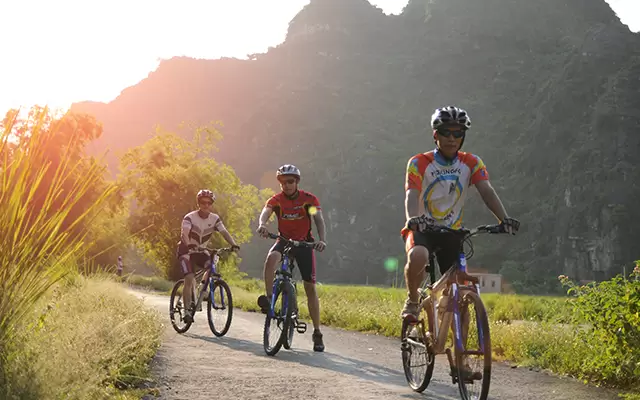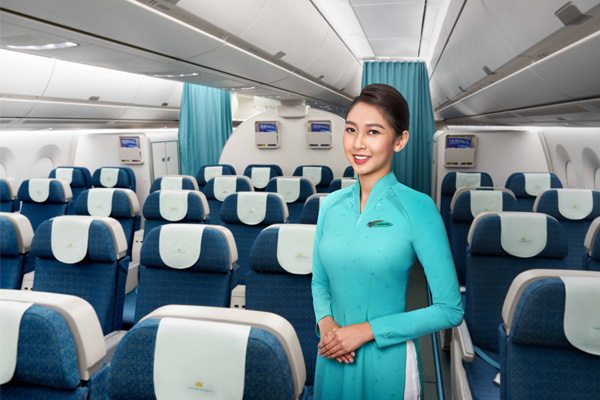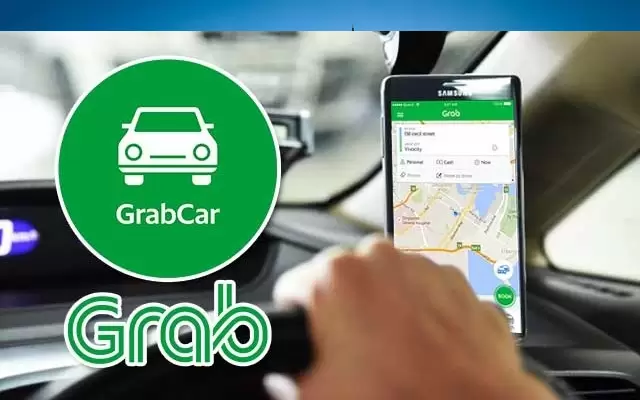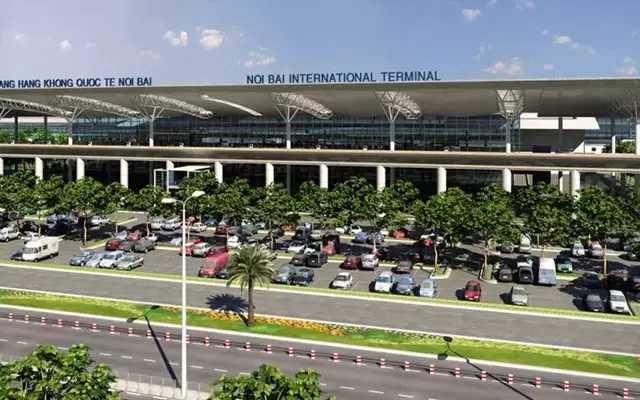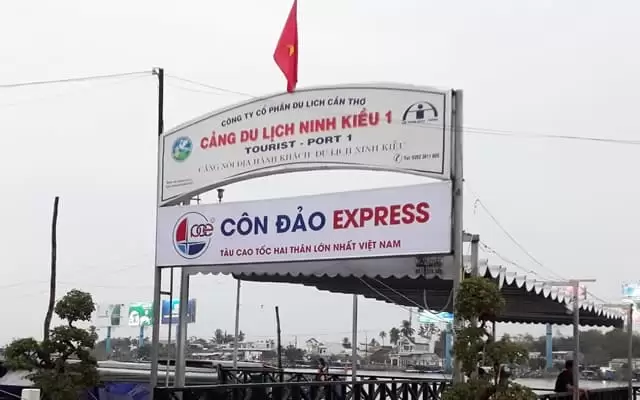Transportation in Vietnam
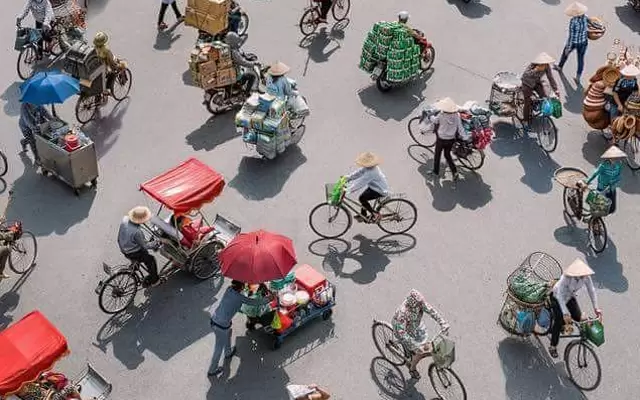
Transportation in Vietnam is improving rapidly in terms of both quality and diversity. In the early of 90s, travelers only get around by car & flight. The transportation service has been changing a lot.
Nowadays, traveling in Vietnam is much easier than in the past while means of transportation are also more comfortable and much more convenient. Visitors have options of train, many local airlines, private chatter flight, helicopter… private car, public bus, seat in coach bus, motor biking, biking, rickshaw, hiking, over night cruise, boat, kayaking…taxi, grab…
Let’s look at the different types of transportations in Vietnam that will make your Vietnam trip unforgettable.
Table of Contents
1. By Road
1.1. Motorbikes / Scooters
Vietnam is renowned for its motorbike culture. By end of 2011, according to the Ministry of Transport, Vietnam had 33.4 million motorbikes in circulation. This figure has nearly reached 60 million vehicles by end of 2019. Currently, Vietnam is the 4th largest market for motorbike sales, after China, India and Indonesia.
The most popular models of motorbikes / scooters in Vietnam are Honda, Yamaha, Suzuki, SYM… Driving license, the registration papers, helmet are a must when you use the vehicles.
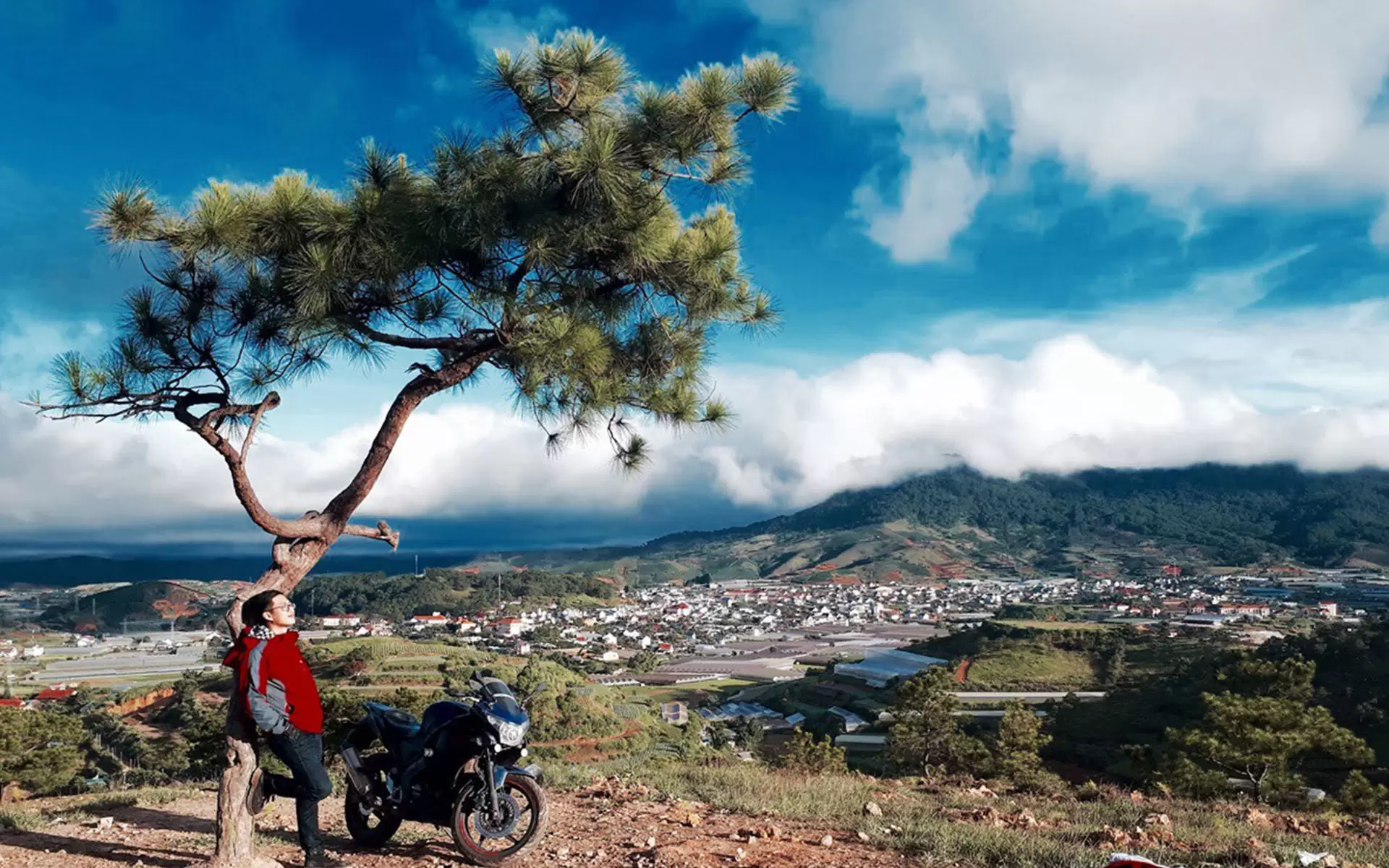
Travelling by motorbike is undoubted feeling of freedom & adventure. This is preferred choice for the young people with good driving skills
If you want to rent a motorbikes to move around, it is not difficult with your passport, address in Vietnam & international driving license. The rental costs from US$ 7-15 /day (excludes extra fuel by your use), and subject to change (reduce) for longer rental.
In mountainous area, it is better to rent a motorbike with bigger engine (more powerful motor) and good ideas to bring a plastic bottle filled with reserved of petrol to prevent there is no gas station for charge your vehicle on road.
In case you are afraid of the traffic in Vietnam but still want to enjoy the interesting & out of way places, you can ask for motor-taxi (xe ôm) or use online-to-offline services via mobile application such as Grab, Go Viet, FastGo, Be.
From 2018, Google Maps launched a “motorbike mode” in its negative feature in some Asia-Pacific countries including Vietnam, and you can use it.
1.2. Cars
In Vietnam, not many people own a car because of the high import tax and that it is considered as a luxury good. It definitely feels great to seat in an air-conditioned car and have no worry about the heat and dust outside.
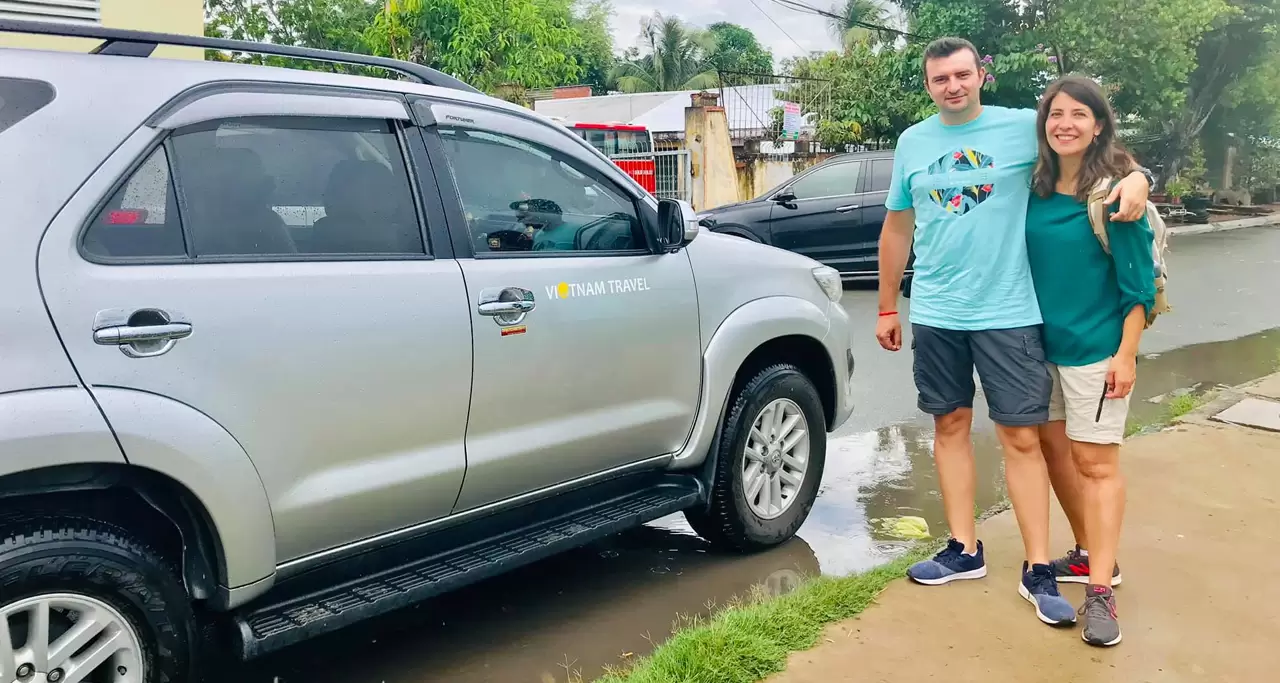
Private transfer is always the most comfortable and flexible choice while travelling
Cars can help you to explore places with your own schedule. However, car rental is rather expensive than motorbike rental, which ranges from US$ 25-500 per day. There are many types of cars for rent but most common ones are 4-seat and 7-seat.
Driving in Vietnam can be challenging, so hiring a chauffeur from tour agencies is ideal option because they will have a lot of experiences and can take you to your destination in the fastest way.
1.3. Taxis
Taxi can be seen very commonly in big cities as well as in urban areas. In smaller towns, it can be more difficult to find a taxi, and it will be practically impossible in mountainous areas.
The average tariffs are from 10,000 to 15,000VND per kilometer.
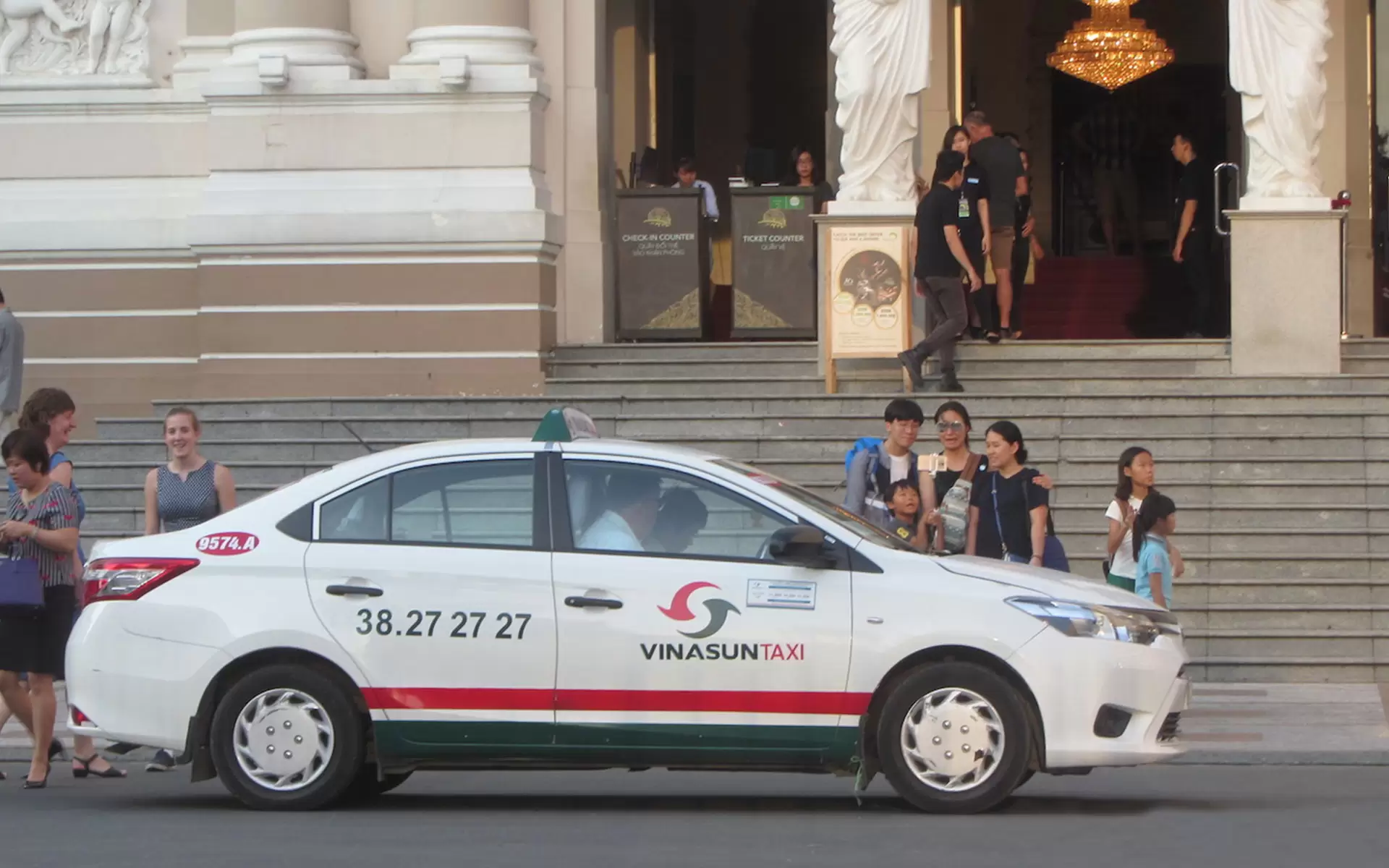
Taxis are another convenient vehicles for your transfer and available almost everywhere
There are official and unofficial types of taxis. The former offers customers with good services and reasonable prices while the latter is sometimes vague about the fee calculation. Some of the most reputable taxi brands you should go are Mai Linh, VinaSun, Taxi Group, ABC.
For smooth transfers by taxis while most of drivers cannot speak English, a clear note with your hotel address / destination will be helpful.
1.4. Bicycles
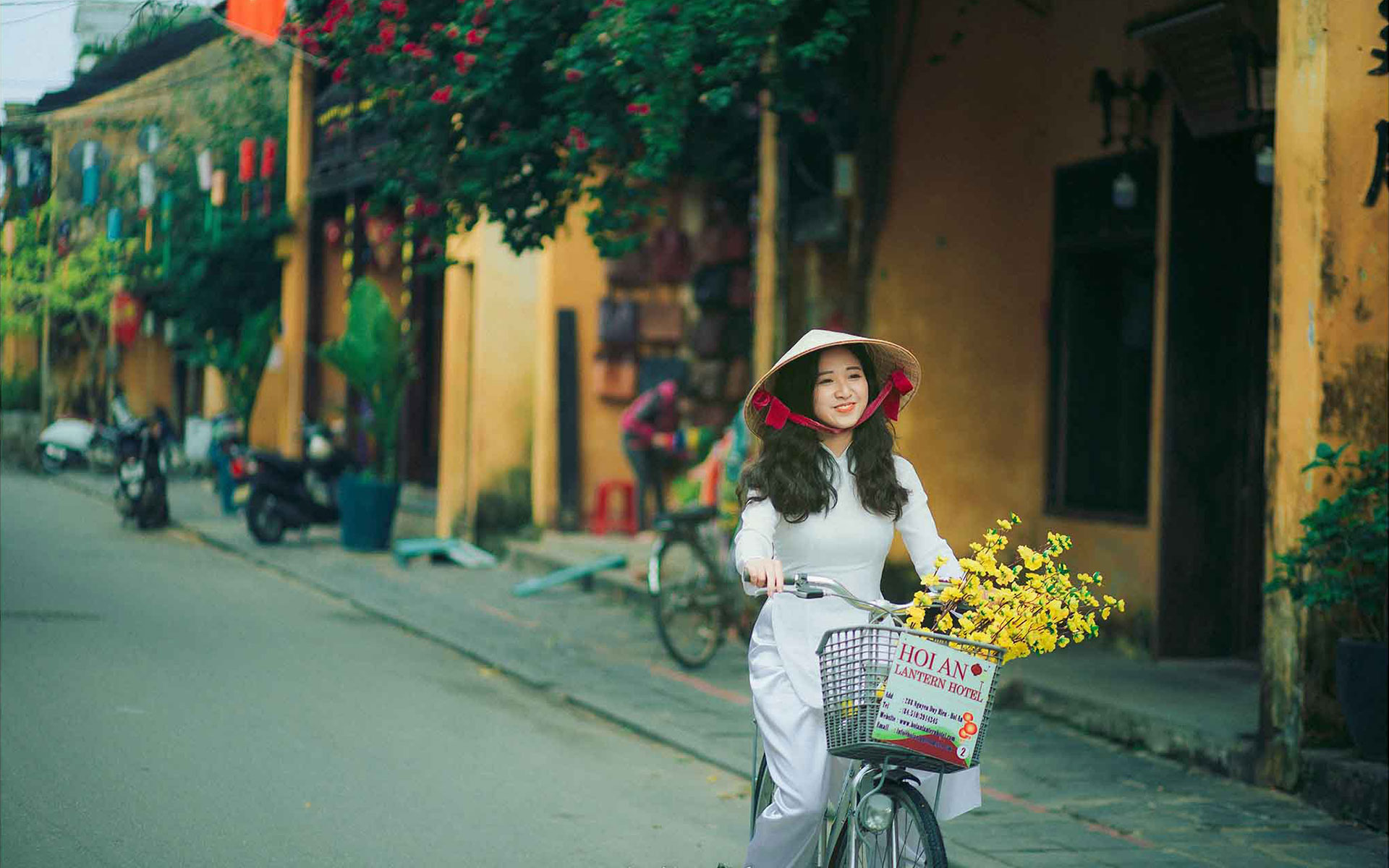
Biking through a tranquiling street in peaceful Hoian town
Bicycles are not the main transportation mean in Vietnam now as most locals use motorcycles. However, cycling in rural areas, countryside or some small town as Hoi An, Da Lat, some cities along the coastline is a nice experience … but it is not recommended in center of big city like Hanoi or Ho Chi Minh city. If you’re lucky enough, you will also see beautiful girls riding their bikes while wearing Vietnamese traditional costumes “Áo Dài”.
You can easily rent a bike at most places at the price ~ US$ 5/day (normal types) or at bit higher for mountain types (~ US$ 10-15/day).
1.5. Buses
Bus travel is considered as the most common form of overland travel. It is not recommended if you are not just traveling a short distance. There are a variety of types of buses of various companies: city buses, minibuses, tourist buses, long-distance night buses. The buses in Vietnam can run almost everywhere with the exception of the mountain areas. Some buses have good condition and night buses are comfortably adapted for lying.
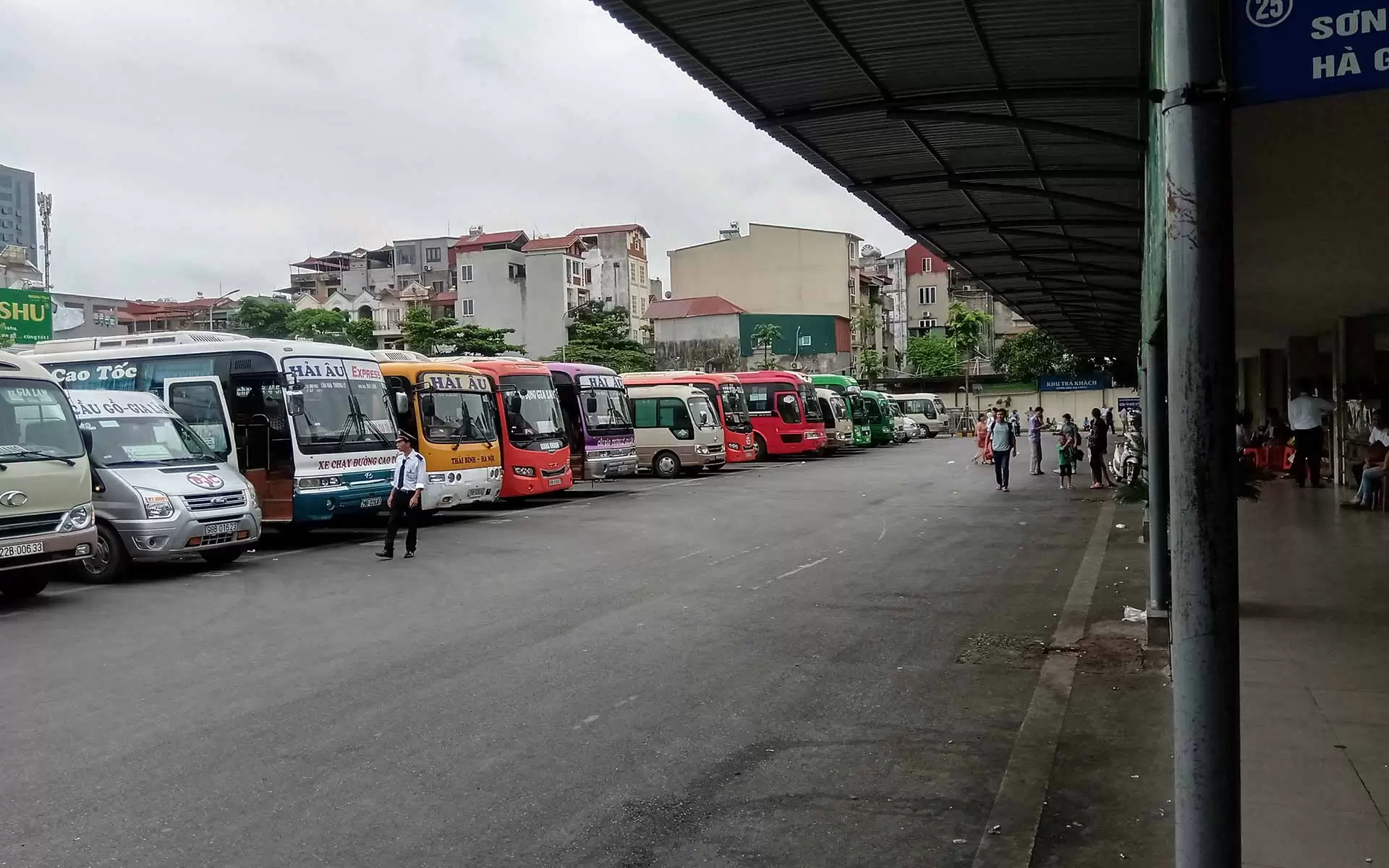
Taking public bus is perfect for budget travelers with small bags than a plenty of luggage
However, seats of buses in Vietnam are rather small and the conductor might try to assign more than just a person to one seat. If you must use this means to travel around, then you should make sure that you book with a prestigious, high quality tour company catering to tourists carefully. Many top end bus tours supply tours around the big cities for tourists. Oftentimes, buses in Vietnam are failed to comply with the exact departure / arrival time.
Depending on routes, some good bus companies can be chosen such as: Phuong Trang (Futabus), Hoang Long, TheSinh tourist, Hung Thanh, Goodmorning Sapa / Cat Ba, Sapa Express…
1.6. Cyclo / Rickshaw
This may be one of the most favorite methods of transportation in Vietnam among international tourists when visiting Vietnam. Sitting on the little cart when the driver paddles behind / in front will bring to you a relaxing feeling. Nothing can beat the feeling of sitting on a cyclo / rickshaw and strolling around Old Quarter in Hanoi, or along the lakeside road, or throughout the villages in Mekong Delta areas… without worrying about the traffic or running out of gas.
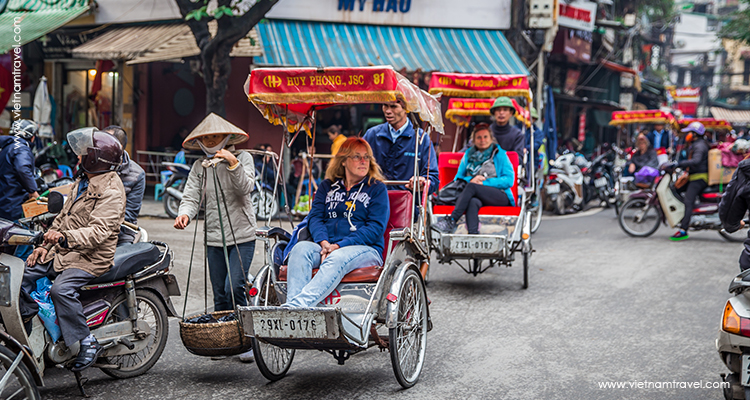
Cyclo in Old quarter of Hanoi
It costs US$ 3-5/hour for your experience. To make sure that the driver understands your intention of place to go to, it is a good idea to bring a city map. Bargaining is necessary. You had better settle on a certain fare before going to anywhere.
Because of new traffic regulations, these simple but symbolic vehicles have recently been forbidden in a few streets in Hanoi & Saigon.
Read more: Cyclo in Hanoi
2. By Waterways
2.1. Sampan
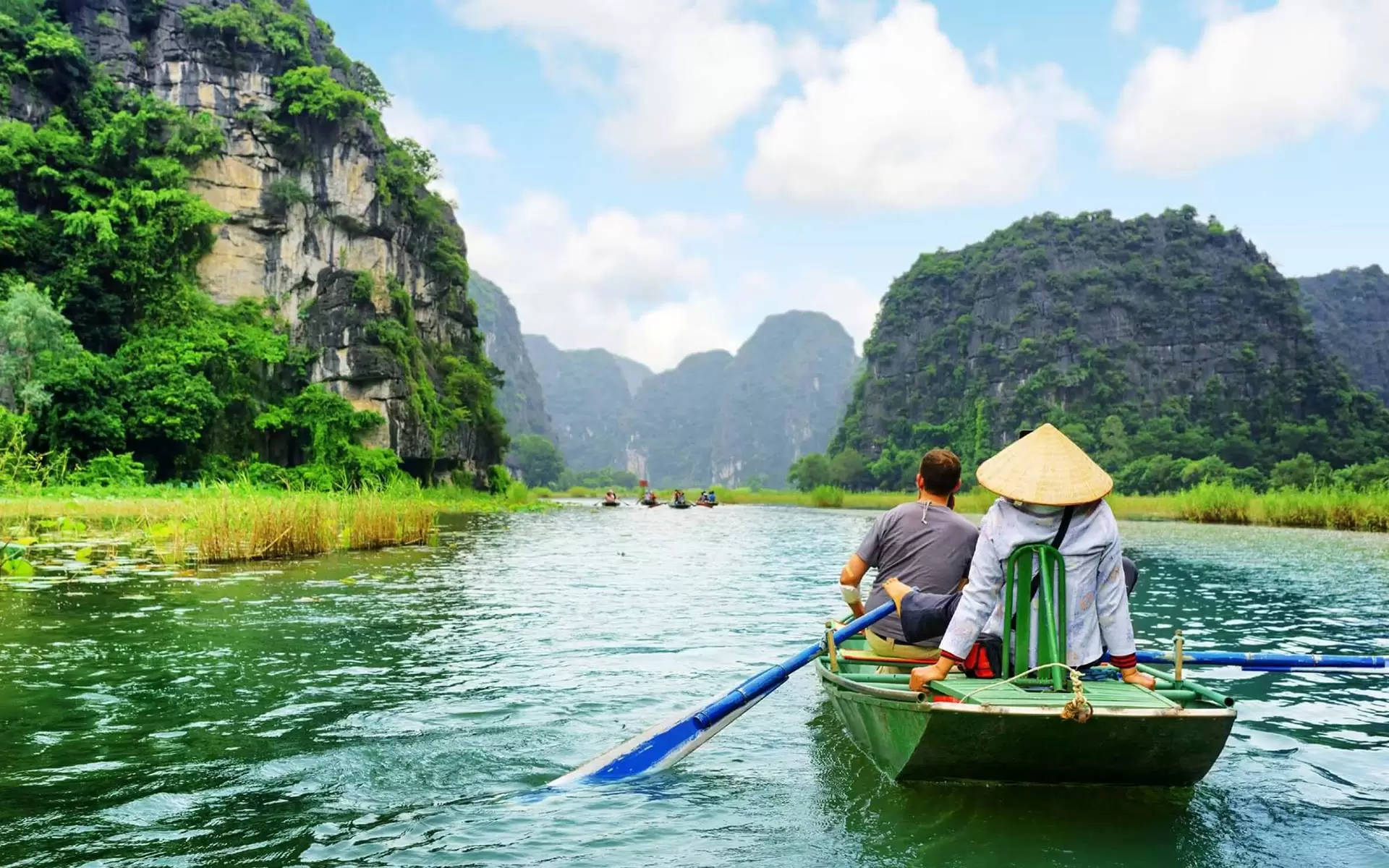
Experience a trip on sampan with the paddles through Ngo Dong river (Tam Coc, Ninh Binh)
Because of plenty of intertwining rivers and canals in Mekong Delta, sampan is helpful and convenient means for the locals in this Southwest areas. Tourists can also get a countryside experience riding the sampan with the paddles. It may look easy to handle but hard to navigate it.
You can also have chance trying this mean when visiting Ninh Binh or so called “Dry Halong” with very beautiful landscapes in Trang An Complex, Tam Coc, Van Long…
2.2. Ferries / boats
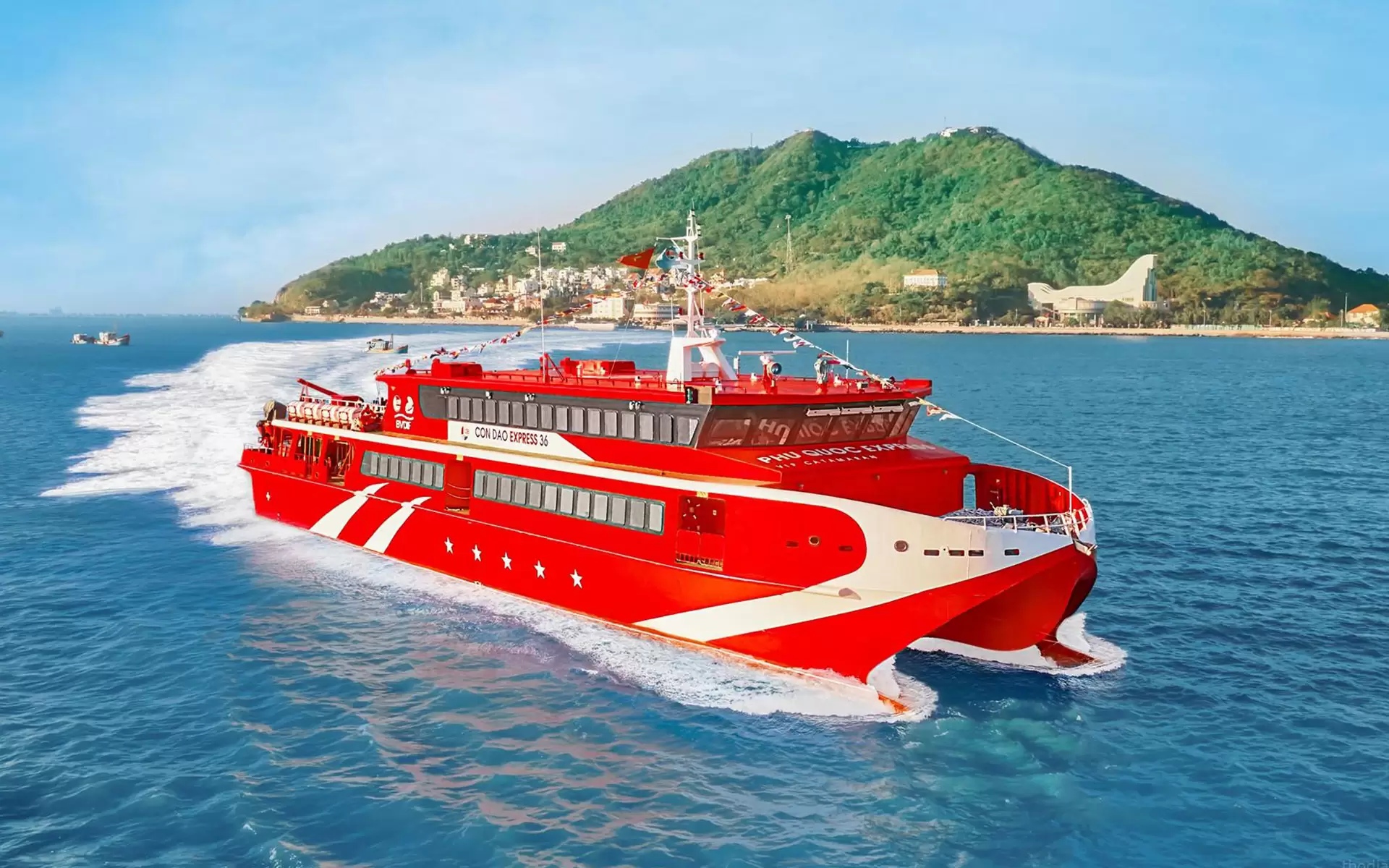
Con Dao express – one of popular high speedboat ferries for your transfer from island to island
Most river crossings have long been replaced by bridges, however ferry / boat crossings still operate. This is the way to connect tourists and residents to nearby islands.
There are several ferry / boat routes mainly used by travelers & foreign tourists such as:
• North part: Hai Phong – Cat Ba island; Halong (Hon Gai) – Quan Lan island; Cai Rong (Van Don) – Quan Lan island or Co To island; Tuan Chau – Cat Ba island
• Central part: Hoian – Cham Island; Quang Ngai – Ly Son island
• South part: Soc Trang / Vung Tau – Con Dao island; Ha Tien / Rach Gia – Phu Quoc island; Rach Gia – Nam Du island / Hon Tre / Hon Son; Hon Tre – Hon Son; Chau Doc – Phnom Penh (Cambodia)
2.3. Motor boat
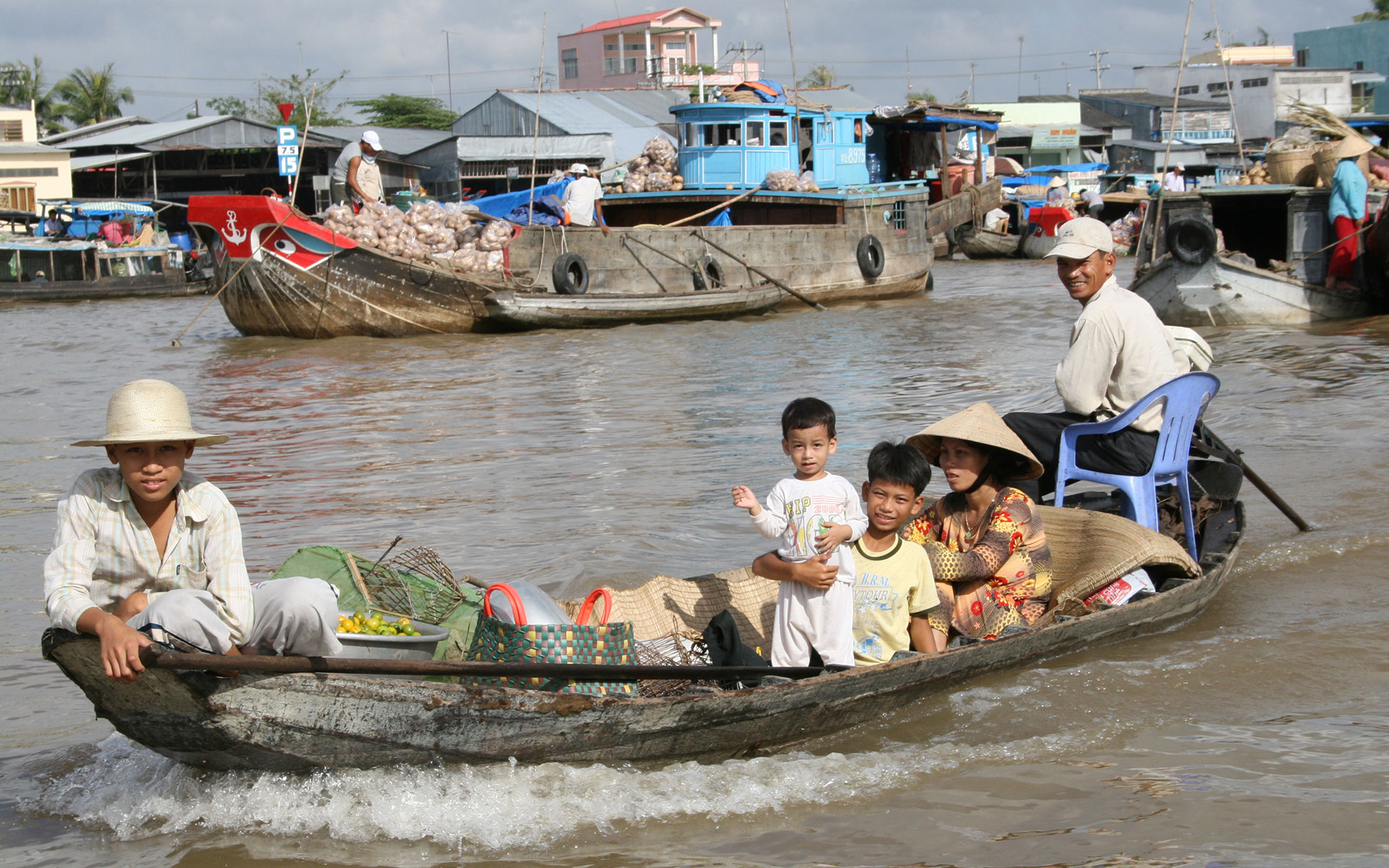
Motor boat is traditional vehicle of waterways lifestyle which you can easily find in Mekong Delta
The motor boat is type of punt. They are driven by installed engine at the back of the boat. The body of the punt used to make from woods, but recently it is more efficient to build it with wood plastic composite. Motor boats will remind most tourists of a countryside experience down the canals in Mekong Delta.
2.4. Cruises
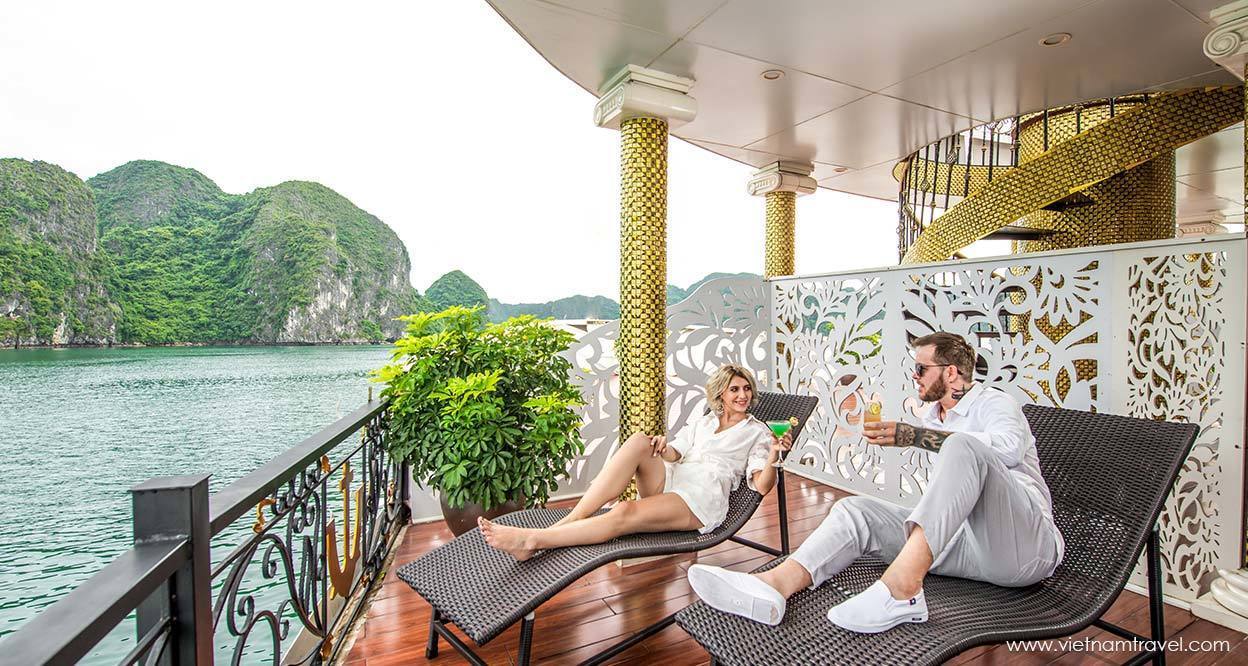
Relaxing on an overnight cruise in Halong bay, UNESCO heritage site – that is a great experience
This kind of transportation is popular in the country in Vietnam. People use it to approach offshore islands. In the famous destinations like the Mekong Delta River or Halong Bay (Halong Bay, Bai Tu Long Bay, Lan Ha Bay), there are a lot of appealing packages of cruises (day cruise; overnight for 2 days, 3 days and more) for customers to choose from midrange to luxury ones.
Check: Halong Bay Cruises rate
3. By Air
3.1. Airplanes
Currently, traveling to Vietnam from other countries by air becomes popular. Vietnam Airlines is the leading carrier of the country with a wide range of both domestic and international flights. Other than that, you can travel with Vietjet air, Bamboo Airways, Pacific airlines (Jetstar).
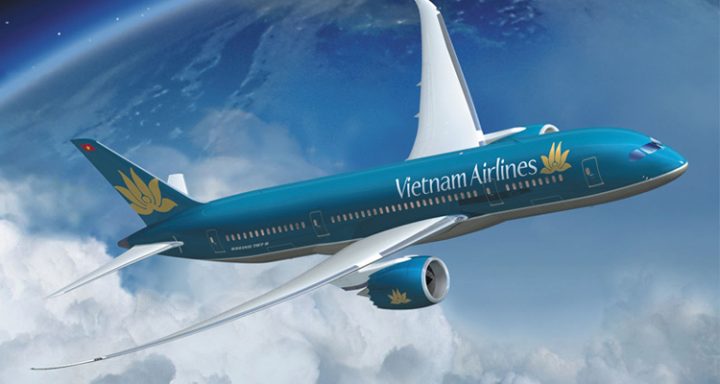
Vietnam Airlines – the prestige national airline of Vietnam, offering services to all travelers domestically and internationally
The number of direct flights from Australia, Europe and North America to Vietnam is increasingly expanded. Most flights depart from countries of these regions to Vietnam are transited in airports of Hong Kong, Bangkok, Seoul, Tokyo or Singapore.
There are 22 domestic & international airports in Vietnam now, in which the three main international gateways are Tan Son Nhat (Ho Chi Minh city), Da Nang and Noi Bai (Hanoi).
3.2 Seaplane / Helicopter
As Vietnam’s only seaplane service, Hai Au Aviation offers scheduled, chartered and scenic flights over some of Vietnam’s most iconic destinations including Halong Bay’s nearly 2,000 stunning islands and the gorgeous Central coastline between Danang and Hue.
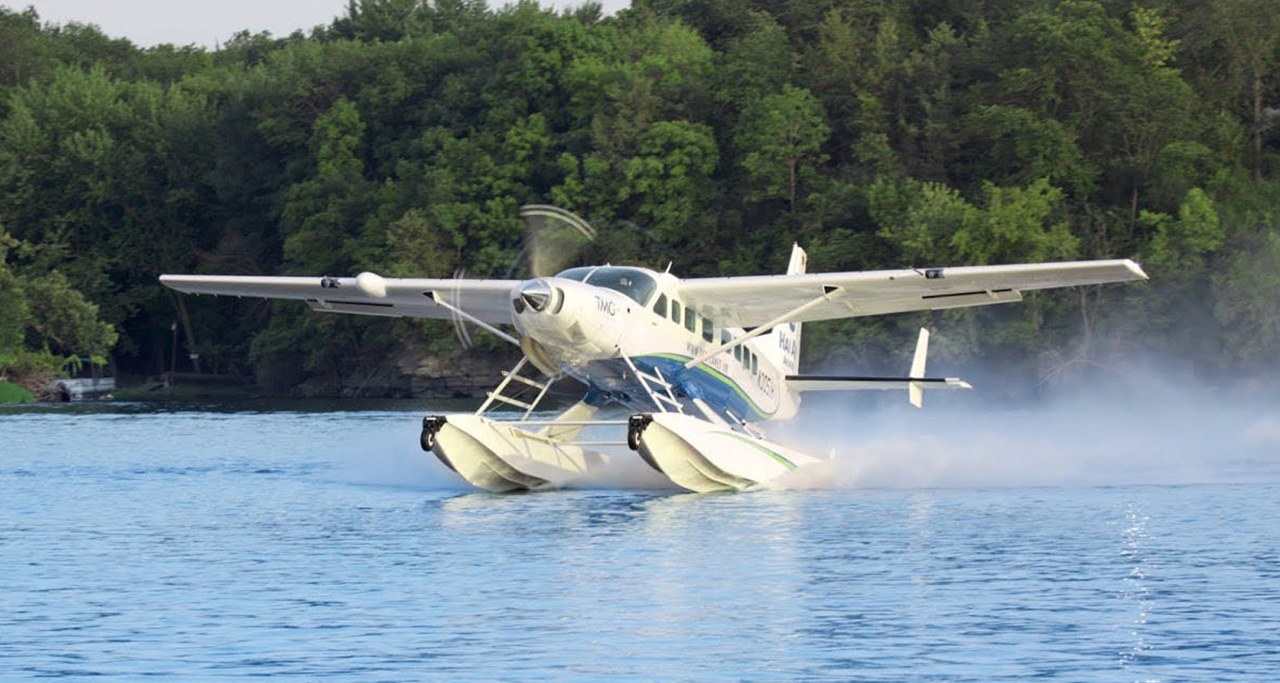
Seaplane for amazing scenery of Halong bay from above is really worth for a try
Depending on the routes, with or without scenic, the flight can last from 30 – 60 minutes.
Besides, you can also gain a truly unique perspective of the incredibly diverse beauty of Ninh Binh Tour by Helicopter Bell 505 Jet Ranger X with flying time of 10 minutes from Trang An boat jetty.
4. By Railways = Trains
The trains in Vietnam have been extensively renovated and are relatively safe and cheap option when it comes to transportation in Vietnam. Although Vietnam does not have large network coverage, trains do connect the North to the South (Hanoi <–> Laocai; Hanoi <-> Hai Phong; Hanoi <-> Vinh; Hanoi <-> Dong Hoi; Hanoi <-> Dong Ha; Hanoi <-> Hue; Hanoi <-> Danang; Hanoi <-> Nha Trang; Hanoi <-> Bien Hoa; Hanoi <-> Saigon)
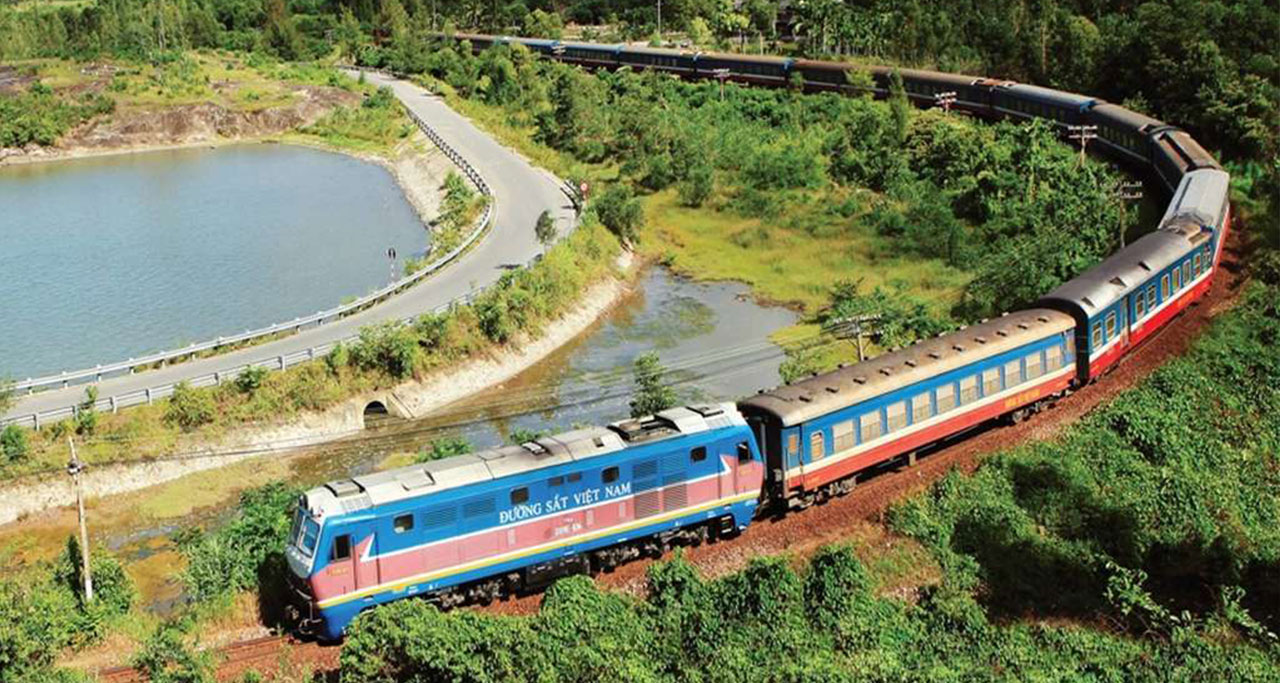
Train ride (daytime or overnight) – an exciting way to explore many beautiful sceneries along the way that can’t easily be seen by any other means
The air-conditioned trains of Vietnam are comfortable, safe, and inexpensive. Using this vehicle is an ideal way for those independent tourists to travel around and see Vietnam at the ground level. Some inexperienced travelers may think that they will save time much better by using internal flights. Yet, in reality, an overnight train from Hanoi (Hà Nội) to Danang (Đà Nẵng) or Hue (Huế) actually saves time in compared to flying, as the train will leave Hanoi city centre in the evening and then arrives in the next morning. More than this, using train to travel will bring to you a genuine Vietnamese experience while flying is not necessary.
The high quality and comfortable trains with soft sleeper cabins (4-6 berths) marked as SE1, SE2, SE3, SE4. Other than these, we have other types of hard seats, soft seats, hard sleeper cabin for your choice & budget.
For routes Hanoi <-> Laocai, there are several railway services for you to choose such as Chapa express, Victoria Express, Sapaly train, King express, Fanixipan express and Livitrans express with good reviews from those who have experienced the services.
Read more: Hanoi to Sapa by train
For routes Hanoi <-> Hue, Danang, you can go with Livitrans express or Reunification Express Train from the North to the South.
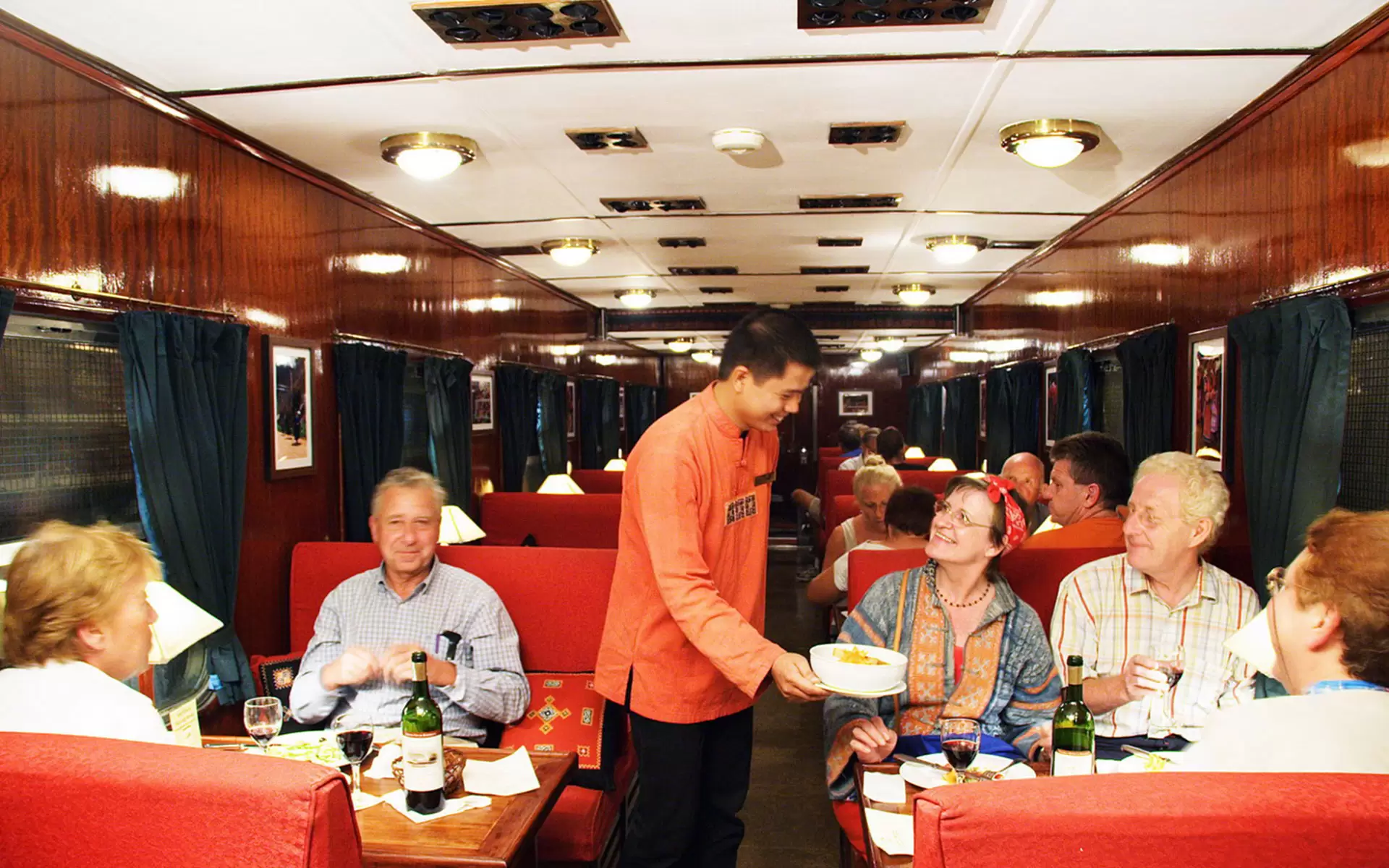
Enjoy your delicious meal at a dinning carriage on train
Not only trains inside Vietnam, there are international railway service from Vietnam (Hanoi) to China (Nanning, Beijing).
There are currently no railway connections between Vietnam and Cambodia or Laos. As part of plans established by ASEAN, however, two new railways are under development: Saigon–Lộc Ninh Railway connecting Ho Chi Minh City to Phnom Penh, Cambodia, and one connecting the North–South Railway to Thakhek in Laos.
Transportation in Vietnam is becoming better and better each day, bringing the most convenience for both local people and tourists. So, don’t miss a chance to experience all these interesting kinds of transportation in Vietnam.
 Italiano
Italiano
 English
English

